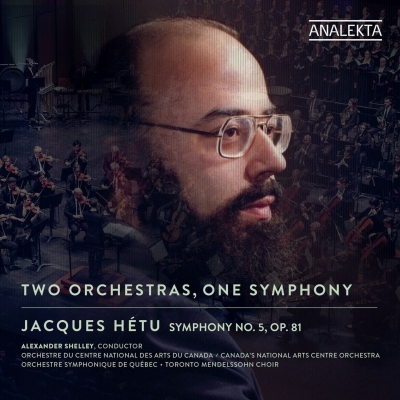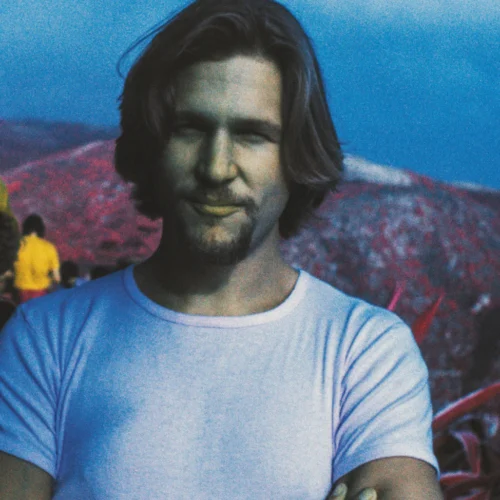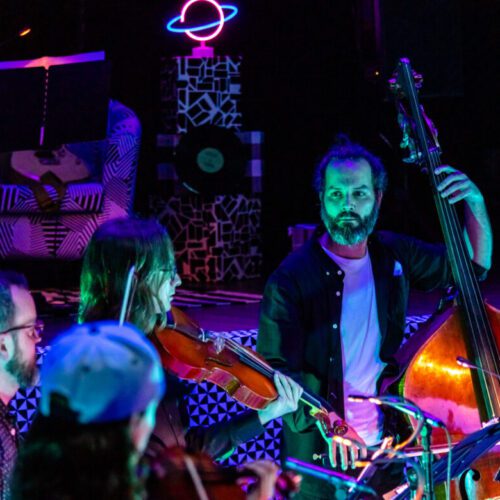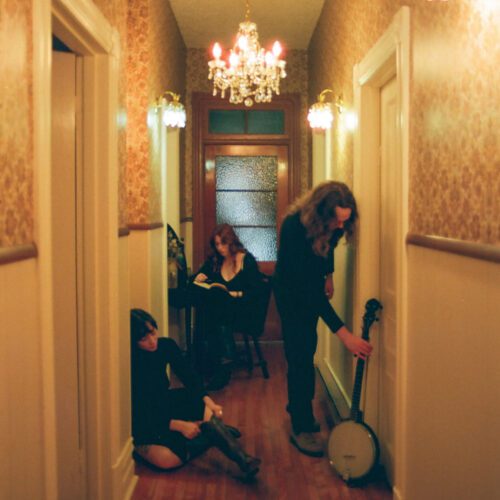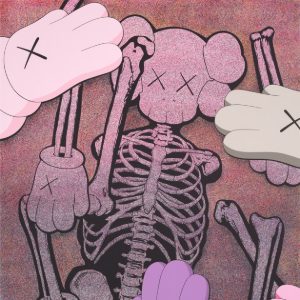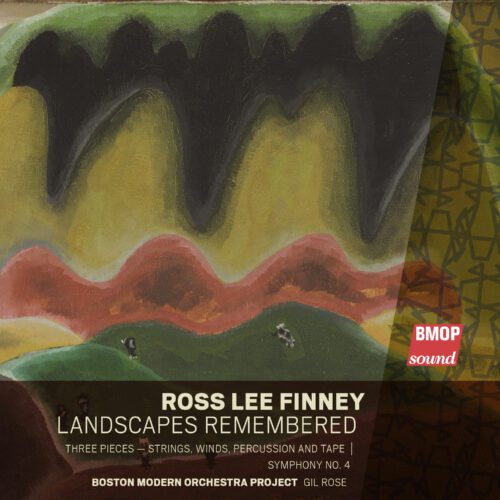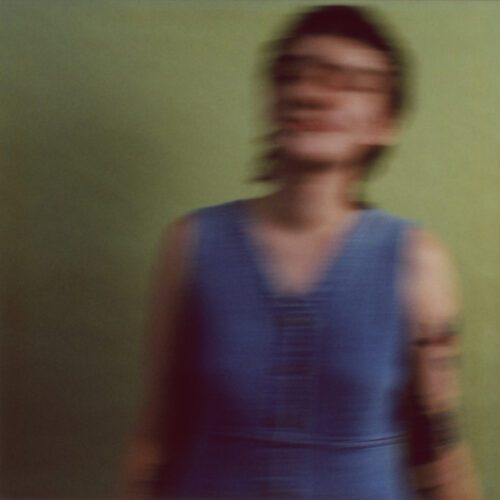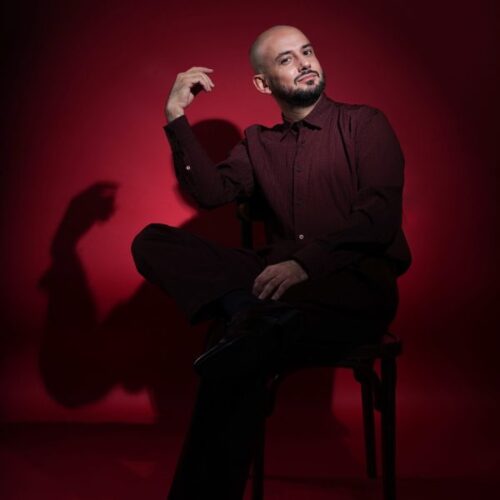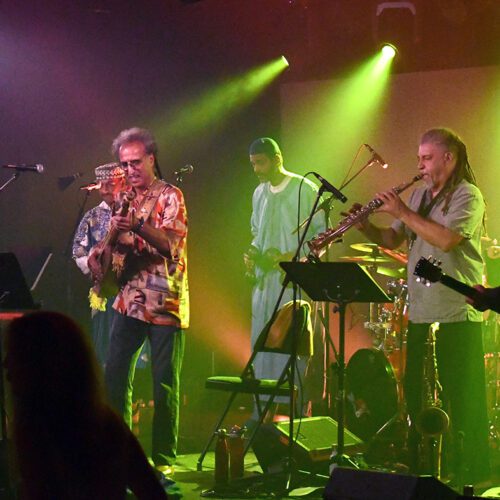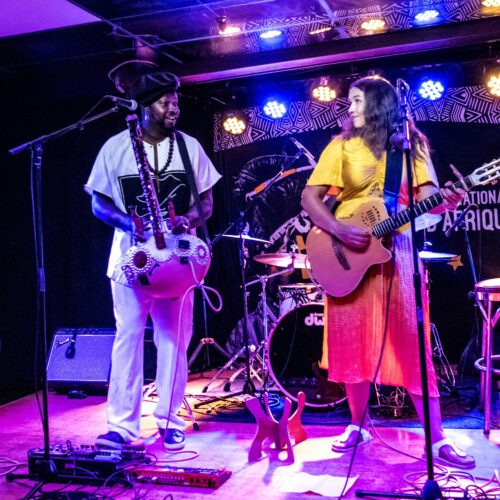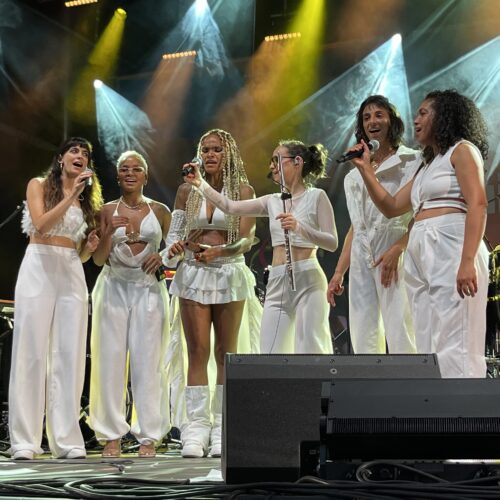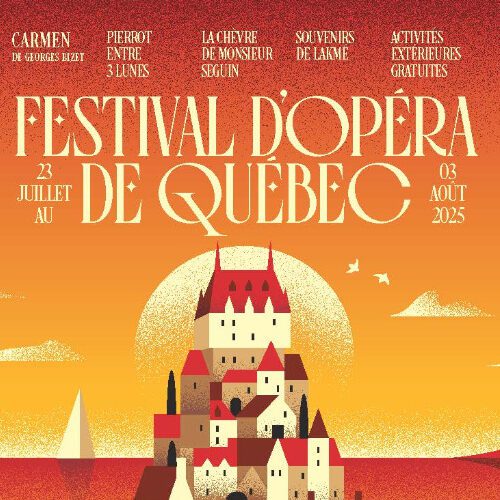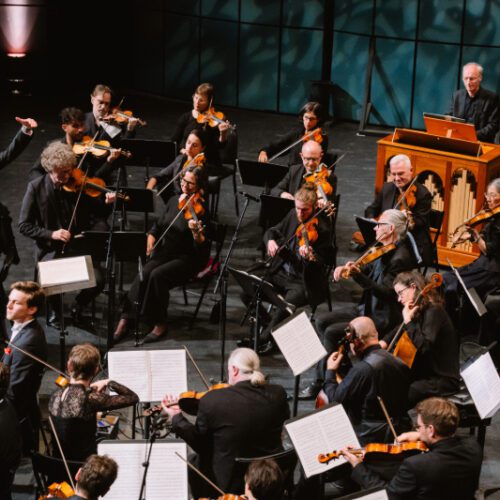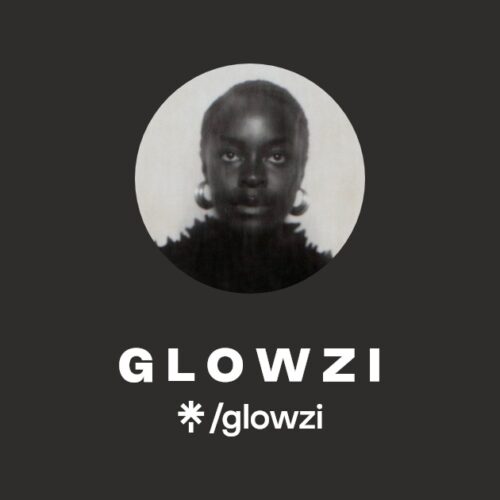Jacques Hétu’s Symphony No. 5 Op. 81 is a very rare work on this scale in the Canadian symphonic music panorama, perhaps even the only one. It is an ample and expansive construction, giving the Quebec composer airs of Sibelius, Mahler, Shostakovich and Debussy, but with an undeniable personal palette. This is a powerful masterpiece, whose inspiration is the city of Paris under Nazi occupation. You have to listen carefully to the second movement, L’invasion, to be convinced of the very high stylistic and artistic content of this music, which has nothing to envy its European peers. Some evoke Shostakovich. I’m thinking more of the Englishman Robert Simpson for his instrumental abundance and rhythmic activity, or the Swede Allan Pettersson for his emotional intensity. I would also venture to suggest a link with the American Walter Piston.
Each movement is masterfully constructed and poignantly narrative. The first movement, an expansive Prologue laid out like a sumptuous Debussian canvas, is followed by the aforementioned second movement, which serves as a tempestuous scherzo. The third movement, a dense and charged Shostakovichian adagio, evokes the Occupation, while the final Andante, entitled Liberté, is the longest of the work at around twenty minutes. It is also the most transcendent in its effects. Inspired by Paul Éluard’s poem of the same title, Hétu uses the chorus like a soothsayer, singing the idea of the word (it is spoken only once at the end) more than uttering it loudly. It becomes synonymous with hope, for, since the poem was written in 1942, its presence was in yearning rather than in celebrating. So, harmonically, and rightly so, there is a kind of ambiguity that emerges from the Quebecer’s writing. The choral part is reminiscent of Fauré or Duruflé, but the swarms of woodwinds that run through it are chromatic, amplifying the impression of uncertainty, or at the very least of extreme modesty in the face of the prospect of liberation. One imagines the future ‘liberated’ torn between long desired relief and horror at the anticipated devastation, imagining the titanic task of reconstruction ahead.
It is Hétu’s great intelligence, even wisdom, that he has avoided any triumphalist grandiloquence. He makes a lucid observation of freedom as a fleeting reality even after the end of hostilities : it is fraught with dangerous pitfalls and is a perpetual balancing act, which makes it so fragile. This last movement can also be read in other ways: true freedom is never acquired, and the one we acquire contains the seeds of its own destruction. An observation that could not be more topical. Hétu could not have seen the current state of democracy coming, but it is the mark of a great work to allow this kind of reflection.
The National Arts Centre Orchestra, the Orchestre symphonique de Québec and the Mendelssohn Choir, conducted by Jean-Sébastien Vallée, offer a definitive and historic reading of this great monument of Canadian and Quebecois music.
